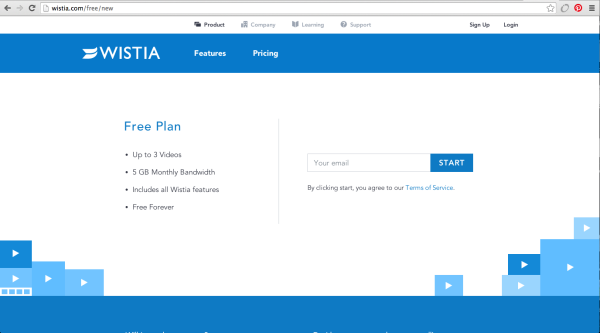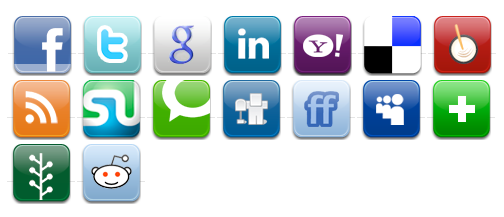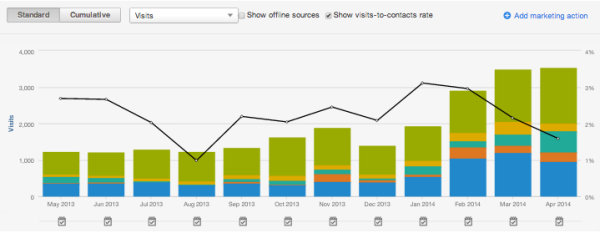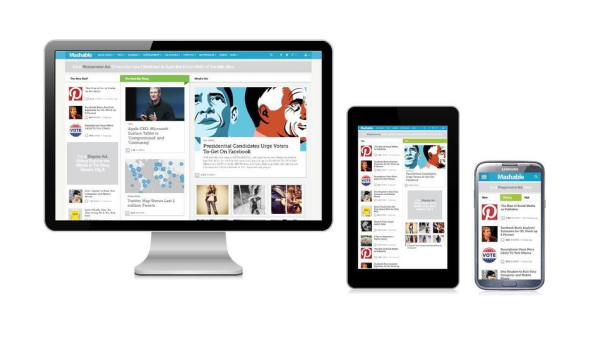Get WISER with Your AI Prompts - A guide for sales managers
Everyone’s wittering on about AI like it’s the second coming. But here’s the rub: if you give it half-baked prompts, you’ll get half-baked answers....
5 min read
Sam Elliott 15/05/2014 11:31:00 AM


Down with Comic Sans! Death to neon text! Some aesthetic web features have become so widely reviled by developers and designers that they have reached the public conscious. People often claim they feel digitally ill over a certain typeface or colour palette but, while many people know which websites they like and which they don’t, few would be able to successfully identify the features that make their favourite sites likeable.
What is even more foreign to the public, and in particular business owners, is what makes a site a successful lead generator. In other words, how to make your website generate business. We have a look at 7 crucial features you need to consider to maximise the leads generated by your website.
These features can be broadly divided into things the visitor can see and things they can’t see.
This is a term cropping up more consistently in web design forums and even general discourse, as the web becomes more crowded and web design becomes less of an esoteric pursuit. The fold describes the line that separates the bottom of the visible web page from the rest of the page that cannot be seen without scrolling. It helps if you imagine the web page as a single sheet of paper with a horizontal fold in it, everything below the fold cannot be seen and everything above can.

What a good, lead-generating website does, is make sure that the most important elements of the site are above the fold. Everything in that first frame should be tailored to your buyer and optimised to make it easy for them to find what they want. The fold is something you should be examining for every web page you have. There no longer seems to be any validity in the claim that people don't like to scroll beyond the fold, but it is still wise to use the space above the fold as effectively as possible.
Calls to action (CTA) come in many forms, some look professional and some look like massive bear traps. Any business serious about online lead generation needs CTA's. These buttons are the bridge that leads your buyers to the next step in their buying journey. In the case of digital marketing, this is downloadable content. If no one clicks on your CTA's, no one will visit your landing pages or fill out any forms and you will not generate any leads.
Your CTA's need to be clean and concise and should let the visitor know exactly where they are going when they click. This can be done by giving a thumbnail image of the downloadable content that will appear on the landing page or using similar font and wording on both CTA and landing page, thus keeping a mental link for the visitor and letting them feel comfortable that they have followed the right path.
Once your visitors have decided they want your downloadable content and have clicked one of your CTA’s you need a page where they can quickly review what the content will deliver, easily fill out their details and download the content. Landing pages are much better when they are simple. You do not want to overwhelm the visitor; you want to briefly let them know what they are downloading and how it will help them. Bullet points are a successful strategy for this purpose and you should be able to get the content’s value across with a few simple bulleted points.
Below is an image of an extremely simple but effective landing page from Wistia (a video hosting service). It offers 4 concise bullet points and one field to fill out. The page is so simple and makes it so easy for the visitor to take the step you are asking them to take. While some people are advocates for having minimal navigation on the page so as not to leak any visitors, Wistia has offered the navigation for those who want more information and are still unsure.

This is a crucial element of any modern successful lead generating website. Countless studies have shown that buyers are most influenced by friends and family. Social sharing taps into this in a simple yet incredibly effective way. If my family or friends tell me to look at a McDonald's promotion or buy a Big Mac I am more likely to do it than if Ronald McDonald or the Hamburglar implored me to. The power of social sharing is in tapping into a buyer’s strongest influencer network. All the work you do on every other feature mentioned in this blog will be multiplied every time your site or content is shared socially or recommended to someone else.
Look at how Tupperware parties started or Herbalife works today, tapping into that personal network to make sales. We do not have to exploit the network in the same manipulative way that other companies have but we should offer customers and leads the ability to easily share their views about our product, services and content. Simplicity is key, however, so it is important that you do not overload your visitors with sharing options like the image below. Keep to the top three or four channels used by your target audience.

The metaphor of your webpage being a shopfront is commonplace in digital marketing, but your website can be so much more than just a shopfront. Given the right tools it can automatically sift through visitors and find the right ones for you to target, present different content to them and send out emails to correspond with your buyer’s journey.

Analytics give you the ability to see what works and what doesn’t, to test and improve. With a solid analytics system attached to your website you can optimise and test all your online marketing channels and strategies, be they organic search, email marketing, social media or paid search. The insights you gain from the data on your buyer’s experience will give you evidence for what they are interested in and you can take this evidence and create an even better offering.
Do you have a smart phone? If yes, then this point should be a no brainer for you. If not, then have a look at your website on someone else’s device and you will understand. If you still aren't convinced these statistics showing how mobile devices now account for 31.2% of total web traffic should do the job. With the dramatic increase in mobile traffic, sites need to be responsive to visitors coming from a vast array of devices. Your website needs to be able to generate leads from a desktop computer, a tablet and a mobile phone equally well.

A simple check of the relevant screen sizes should be enough to let you know that you will need a different look and feel for each device. Luckily, software such as the various marketing automation platforms on offer exist to make those differences easy to manage. Ignoring responsive design and the increase in mobile Internet usage could dull your business' competitive edge and with the continually rising percentage of mobile users eventuate in a large loss of business.
The final feature to consider for your website is something that many businesses leave to their developers. But it is something that each business should consider and work on during the website development phase. Work out the key pages of your site, how they interact and how you can make that interaction as easy as possible. From the home page how many clicks should your buyers make to get to where you want them to be?

Most importantly, always consider your user and how they will use the site. Think about how they will find their way around the site. It should be easy for the buyer to navigate your site and easy for them to find the information they need. They may not see your sitemap, but they will feel its effect and a well-thought out sitemap will translate into a pleasant experience for your buyer.
These are just some of the steps you need to create a strong lead generating website. If you would like to read more about generating leads online have a look at our recent blog on the three main challenges to effective lead generation. Or to learn about how social media is replacing traditional search engine optimisation tactics, please download our free eBook by clicking on the link below.
Subscribe to our latest news and updates on HubSpot.

Everyone’s wittering on about AI like it’s the second coming. But here’s the rub: if you give it half-baked prompts, you’ll get half-baked answers....

The business world is falling head over heels for AI—and who can blame it? With promises to reduce grunt work, uncover insights, and turbocharge...

Search is evolving - fast. For two decades, SEO has revolved around Google’s algorithm: keywords, backlinks, metadata, and page speed. But with the...